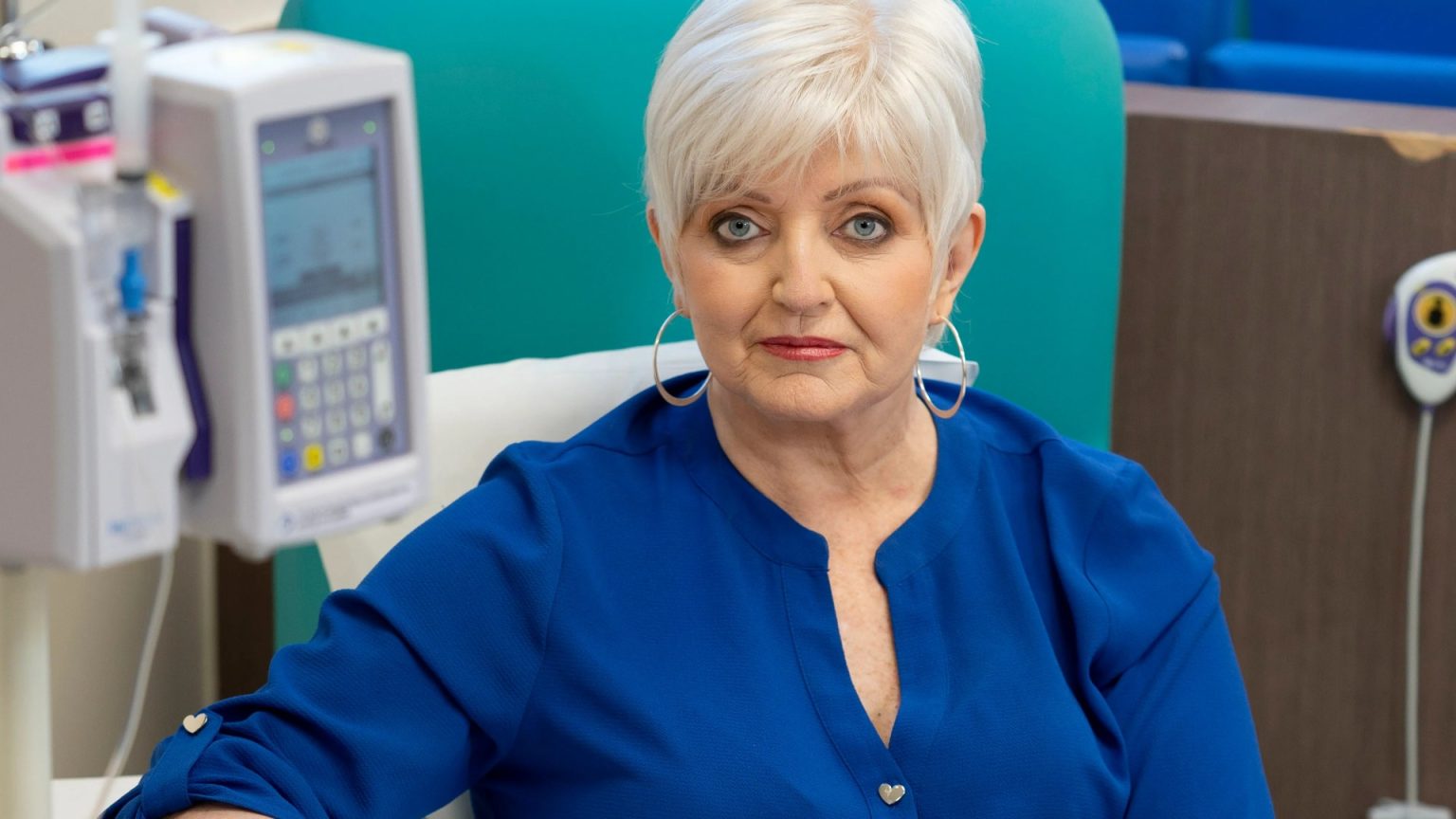Linda Nolan, a renowned singer and member of the iconic pop group The Nolans, has tragically passed away at the age of 65 after a courageous 20-year battle with breast cancer. Initially diagnosed in 2005, Linda received the all-clear in 2011, offering a brief respite in her fight. However, the disease returned with devastating force in 2017 as secondary breast cancer, eventually spreading to her brain by 2023. Surrounded by the love and support of her family, including her famous sisters, Linda peacefully passed away at Blackpool Victoria Hospital. Her indomitable spirit and open sharing of her journey inspired countless others facing similar challenges, transforming her into a symbol of hope and resilience in the face of adversity. Her passing leaves a void in the entertainment world and the hearts of those who admired her strength and talent.
Linda’s battle with cancer was tragically not an isolated incident within her family. Her father, Tommy Nolan Sr., succumbed to liver cancer in 1998, foreshadowing the heartbreaking struggles that would follow. Linda’s sister, Bernie, also lost her life to breast cancer in 2013 at the young age of 52, highlighting the devastating impact of this disease on the Nolan family. The family’s history with cancer has, unfortunately, become a recurring theme, adding another layer of sorrow to Linda’s passing. Her sister, Anne, has also faced two separate diagnoses of breast cancer, demonstrating the family’s shared vulnerability to this relentless disease. Adding to this heartbreaking narrative, sister Coleen Nolan recently received a skin cancer diagnosis, further underscoring the family’s ongoing struggle.
The prevalence of breast cancer is alarmingly high, with one in seven women expected to develop the disease in their lifetime. In the UK, it holds the grim distinction of being the most common type of cancer, accounting for 15% of all new cases. The statistics paint a somber picture, with nearly 1,000 lives lost to breast cancer every month in the UK, translating to an annual toll of approximately 11,500 women and 80 men. Early detection and awareness are crucial in combating this disease, prompting the need for readily accessible information regarding its potential symptoms.
While a lump in the breast is widely recognized as a potential sign of breast cancer, it’s vital to be aware of other less common but equally important indicators. These can include changes in skin texture, nipple appearance, breast size or shape, and unusual discharge. Skin changes might present as puckering, dimpling, or an orange-peel-like texture. Nipple changes could involve inversion, changes in shape or position, or the presence of rashes or crusting. Any unexplained changes in breast size or shape, especially if asymmetrical, warrant attention. Additionally, any discharge, particularly if bloody or spontaneous, should prompt immediate consultation with a medical professional.
Experiencing constant pain in the breast or armpit, especially if persistent, should also be investigated, although it’s important to note that breast pain alone isn’t typically a sign of cancer. The key is to be vigilant and aware of any changes that deviate from your normal breast health. Regular self-examinations, in conjunction with scheduled screenings, are crucial in the early detection of breast cancer, increasing the chances of successful treatment.
The NHS offers free breast cancer screenings to women between the ages of 50 and 70, with invitations sent every three years. This proactive approach aims to detect cancer early, even before symptoms appear. It’s important to note that individuals outside this age range, including trans men, trans women, and non-binary individuals, may also be eligible for screenings and should consult their GP or local breast screening service. It cannot be emphasized enough that if any concerning symptoms emerge regardless of age or screening history, a prompt consultation with a GP is essential. Early detection remains the cornerstone of effective breast cancer treatment, significantly improving the chances of survival and a positive outcome.




